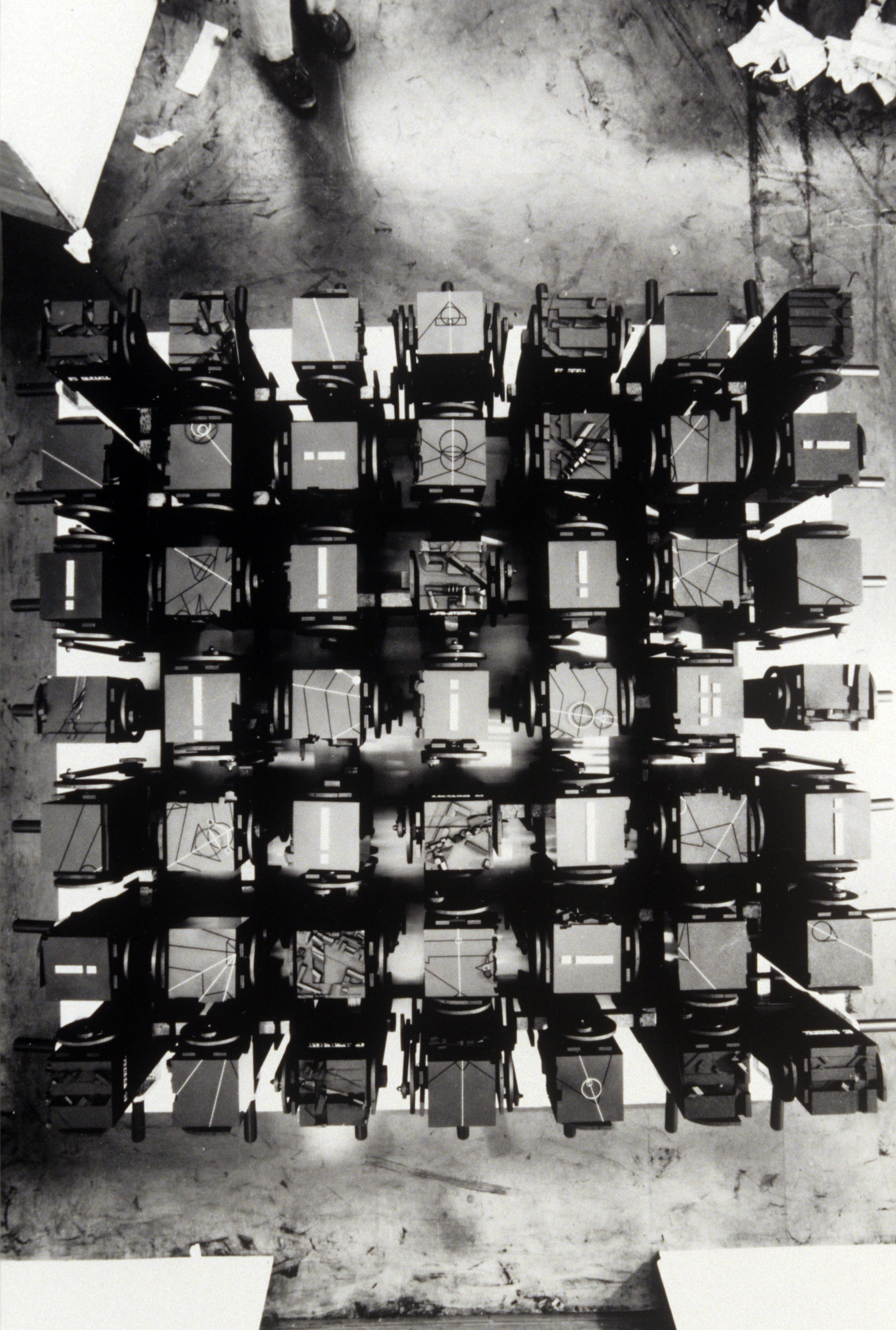After successful completion of the course, students are able to...
... to actively study literature and identify discourse-relevant texts.
... to hold an oral presentation on a scientific topic. ... to brainstorm ideas for their scientific interest in a targeted and efficient manner.
... to apply her experience of writing free texts and scientific texts to her work.
... make an expose for a scientific text To elaborate.
... write your own seminar paper.

Writing spaces of imagination
A radical understanding of Architecture’s capabilities is that it enables “… experience that could never be had.” (Libeskind 2000: 194).
How could we enter the realm of the yet unseen, unheard, or the yet unexperienced that “could never be had” - how would we invent it?
Writing text offers a strong premise to invent spaces of imagination. That is a mental entity that not only triggers imagination but moreover allows to construct a continuum of imagination.
We will work with the spatiality of text to derive concepts for architectural space. Architecture has a long and traditional relation with literature. Like for example Gilles Deleuze and Rem Koolhaas on “the fold”. Daniel Libeskind, another example, discusses the work of French writer Raymond Roussel. As a writer of the “could never be had”, Roussel invented a ‘writing machine.’ It inspired not only other writers like Georges Perec but also artists like Marcel Duchamp or Salvador Dali. Libeskind understands ‘writing machines’ as kinds of analysis and design methods for text. They are sets of rules of repetition, combination and transformation of notions, to mention but a few.
A guest lecture by linguist Friedrich Neubarth from the Austrian Institute for Artificial Intelligence Research (OFAI) will give a short introduction on the algorithm that serves as our ‘writing machine’ as well as presenting basic insights on the linguistic perspectives of ‘text’ and how languages express spatial relations.
A guest lecture by computer scientist Christian Fiedler will introduce the use of a Markov-Chain Algorithm to produce text in a stochastic way that also allows hands-on for students.
A guest lecture by philosopher Christoph Hubatschke from the University of Vienna will introduce literature and methods by the Oulipo group, especially byGeorg Perec as well as some philosophical background.
Text and space alike, lead to experiences and imagination.
Is it true that, as one would suggest at first, that text seems to pertain to speaking while space pertains to seeing? What happens if we turn those relations upside down?
In this seminar we will even go beyond and research for and construct experiences of imagination that pertain to text as well as to architecture space.
Some of the literature we'll use:
‘Three Lessons in Architecture: The Machines’, in Daniel Libeskind, The Space of Encounter, New York: Universe Publishing: 180-194.
“THREE LESSONS IN ARCHITECTURE: THE MACHINES”, Cranbrook Academy of Art, Michigan, USA. https://libeskind.com/work/cranbrook-machines/
Humanist Machines: Daniel Libeskind’s Three Lessons in Architecture
Some of the literature introduced (to be expanded during the semester):
Bizarre Magazine
Roussel: Chiquenaude
Roussel: How I wrote certain of my books
Grössel: RR eine Dokumentation
Ford: RR and the republic of dreams
Perec: The machine
Perec: Things. A Story of the Sixties
Perec: Species of Spaces
Foucault: Raymond Roussel
Deleuze: Difference and Repetition
Deleuze: The fold
The course is bilingual (German/English) due to the literature in use. The units will be detailed further at the beginning of the semester.
Three main parts
a) Supervised research and formulation of a research question
b) Independent research and writing of an academic abstract
c) Oral presentation of the state of the art, construction of the argument and writing of the final paper.